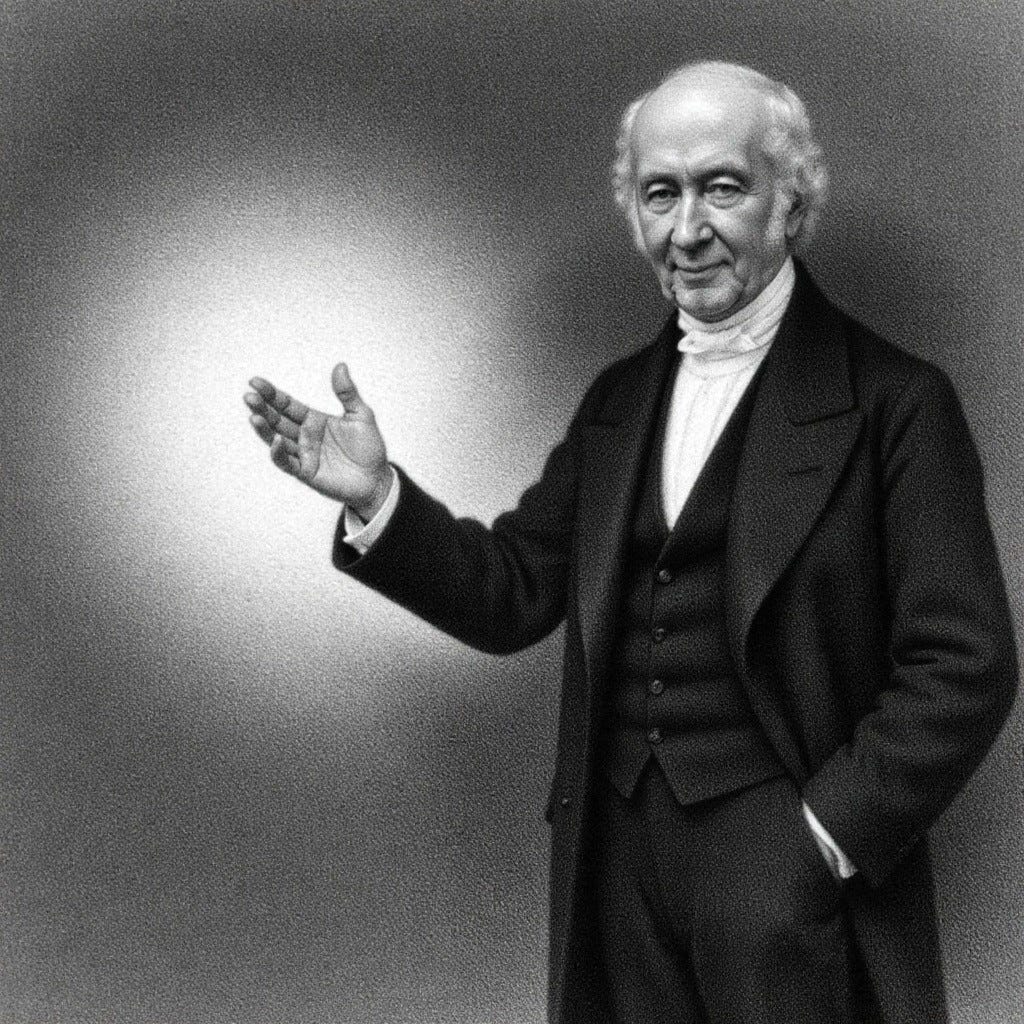"An attempt gradually to advance along the trace of warm and cold, in order to arrive, by further investigation, at a certain scientific truth, was consequently surrounded by difficulties of manifold and peculiar kinds. They were only to be overcome by patience."
— Baron Karl von Reichenbach1
On my quest to more deeply understand time and the aether, it has become obvious that many different scientific theories (in both mainstream and fringe science) evoke the idea of the aether and its polarized energies, often without acknowledging it.
On the mainstream side of science, quantum field theory, zero-point energy and the dark energy/dark matter paradigm all arguably elicit aether-like concepts and properties. Even Einstein himself borrowed from the aether concept and heavily modified it as the initial basis for his notion of space-time. Yet this is practically never acknowledged in science.
And on the fringe side of science, we see misunderstood and maligned figures like Nikolai Kozyrev (torsion/time) and Wilhelm Reich (cosmic Orgone), both of whom conducted research essentially confirming the existence of the aether without calling it by that name.
Baron Karl von Reichenbach’s work falls within the latter category, because it is at heart a unique recognition of the underlying, background canvas of energy and information (consciousness and life force) from which all things in this universe derive.
But Reichenbach’s study of this mysterious force was unique in that he focused on its dualistic manifestation in magnets, crystals, wood, metal and other objects, as well as its expression in human beings.
If you use any major search engine to search for Baron Karl von Reichenbach today, chances are you’ll see on the first page of results a page referring to Reichenbach’s Odic research as “kook science.”
But it is evident from Reichenbach’s writings that, far from being kooky, he earnestly sought to understand the deeper workings of nature in regards to the Odic force, with the intention of using this knowledge to further mankind.
The Polarized Energies of Odic Force
"THE polar opposition in magnets, the dualism in every crystalline form, the symmetrical and sexual opposition in all living organization, made me conceive, even at the beginning of the present researches, that something of the kind might prevail here."
— Baron Karl von Reichenbach2
One of Reichenbach’s important discoveries involves polarity. Any serious study of the aether concept will reveal a recurring appearance of balanced interplay between opposites: polarity.
In his pursuit of understanding this mysterious force, Reichenbach discovered that Odic force and virtually all things in the universe possess this polarity. But this polarity was deeper and subtler than the level of electromagnetism. (Think yin and yang.)
It appeared not only in magnets and electromagnetism but in everything else as well. This subtle difference in energetic charge appeared in inanimate objects made of wood, metal, crystals and cloth, as well as in living things such as human beings.
Reichenbach would ask one of his sensitives to hold an object, or sometimes he would pass an object close to a sensitive’s body while they weren’t looking. He would then ask them what they felt in response.
Upon repeated experiments with sensitives, he observed that virtually everyone he tested reported one of two extremes: pleasure or discomfort, coolness or warmth (independent of room temperature). And the peculiar thing was, their reports didn’t always agree on the polarity or its degree.
Some sensitives reported that an object felt cool, while others experienced it as being warm. One unique sensitive even experienced the same object as warm to the touch but also as emitting a cooling sensation when her hand was hovered over it at a distance.
Whatever it was that they were sensing, it was not random. While their collective responses varied, their individual responses were consistent. Once a sensitive reported a particular polarity in response to an object, their responses thereafter remained the same.
After a great deal of patient persistence,3 it eventually became obvious to Reichenbach that polarity was a principal feature in each sensitive’s experience of any object, regardless of its nature. And this polarity was a direct result of the Odic force inherent in all matter.
Why We Experience Polarities Differently
Keep reading with a 7-day free trial
Subscribe to Stream of Consciousness to keep reading this post and get 7 days of free access to the full post archives.





